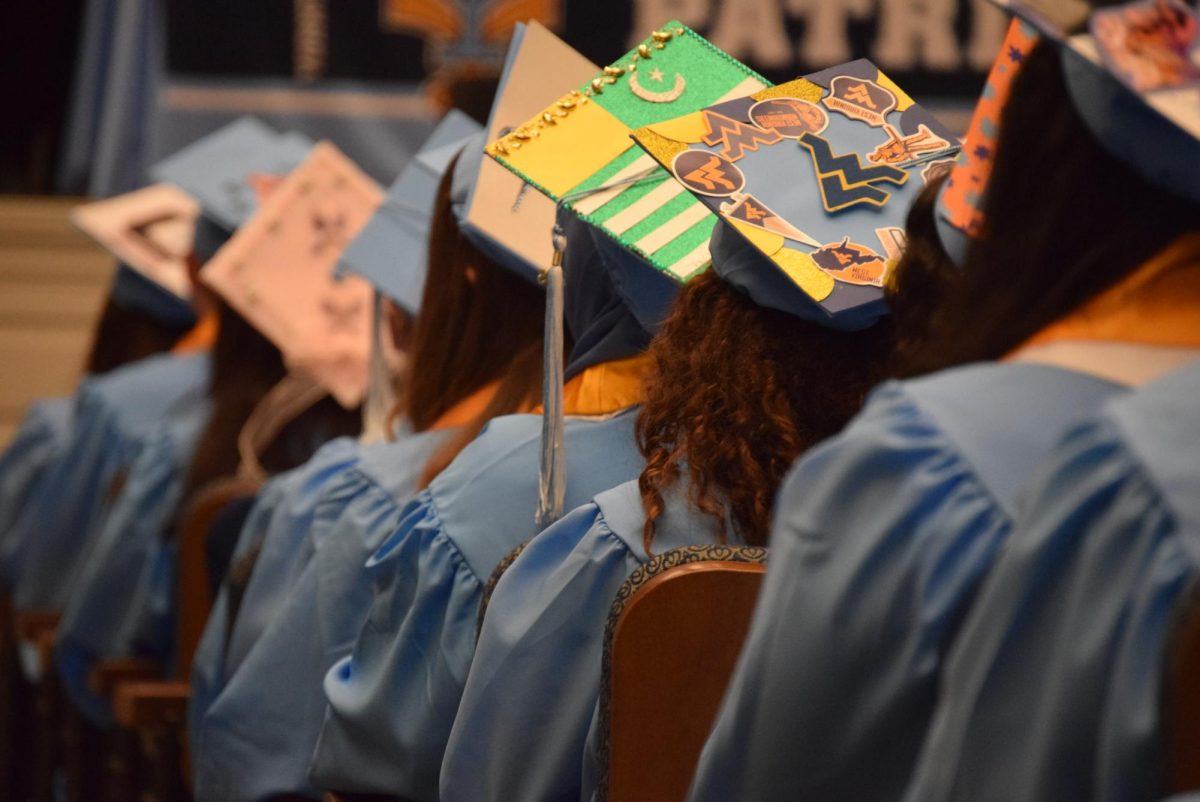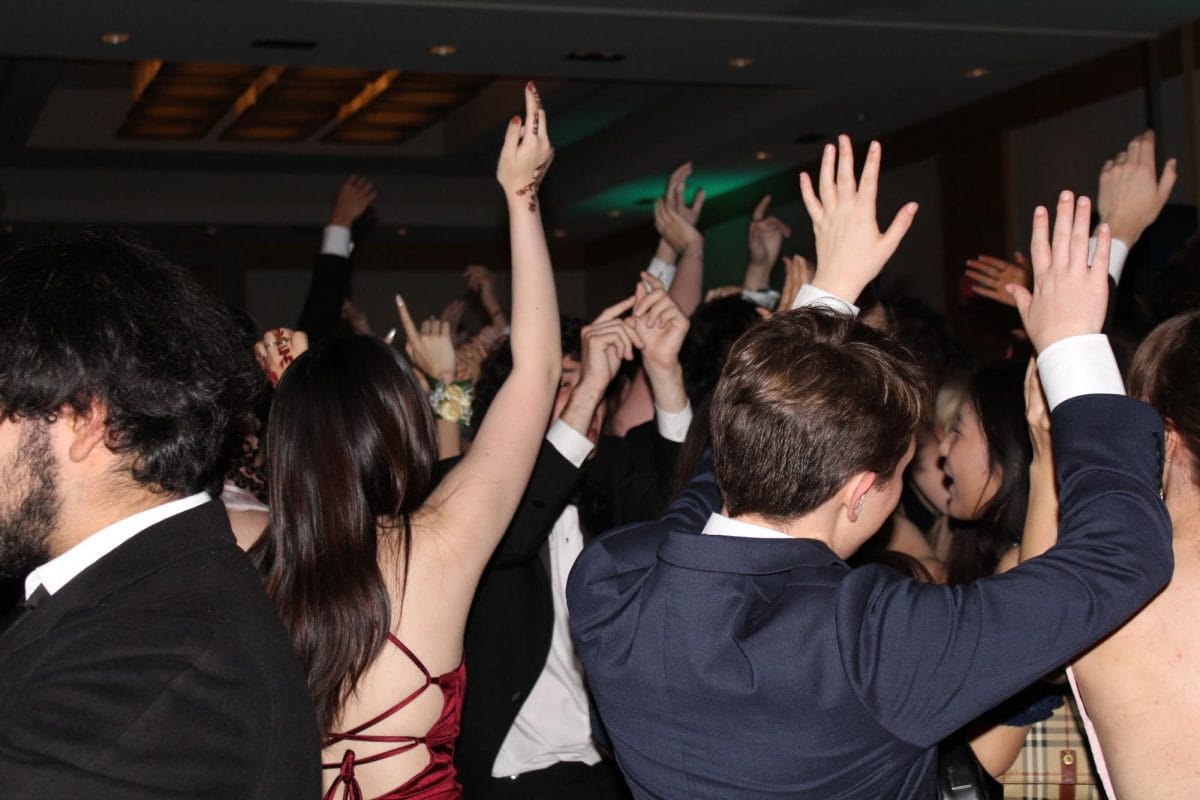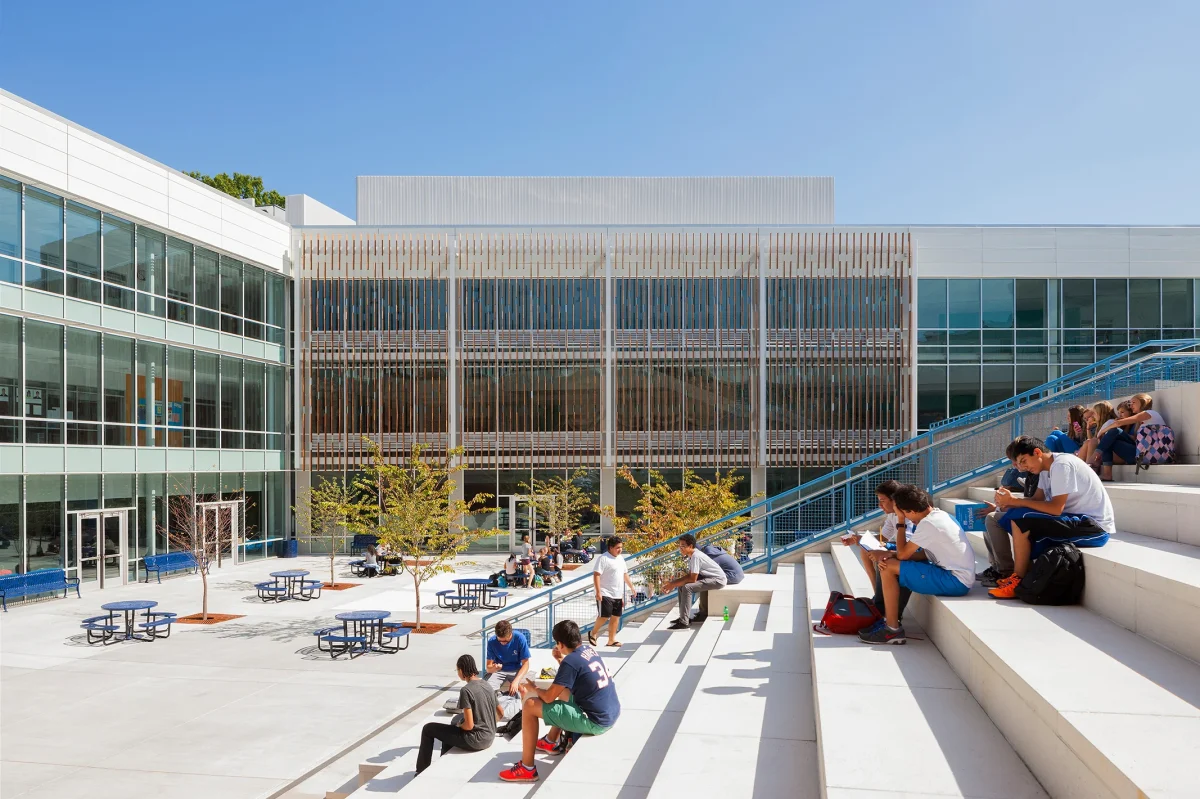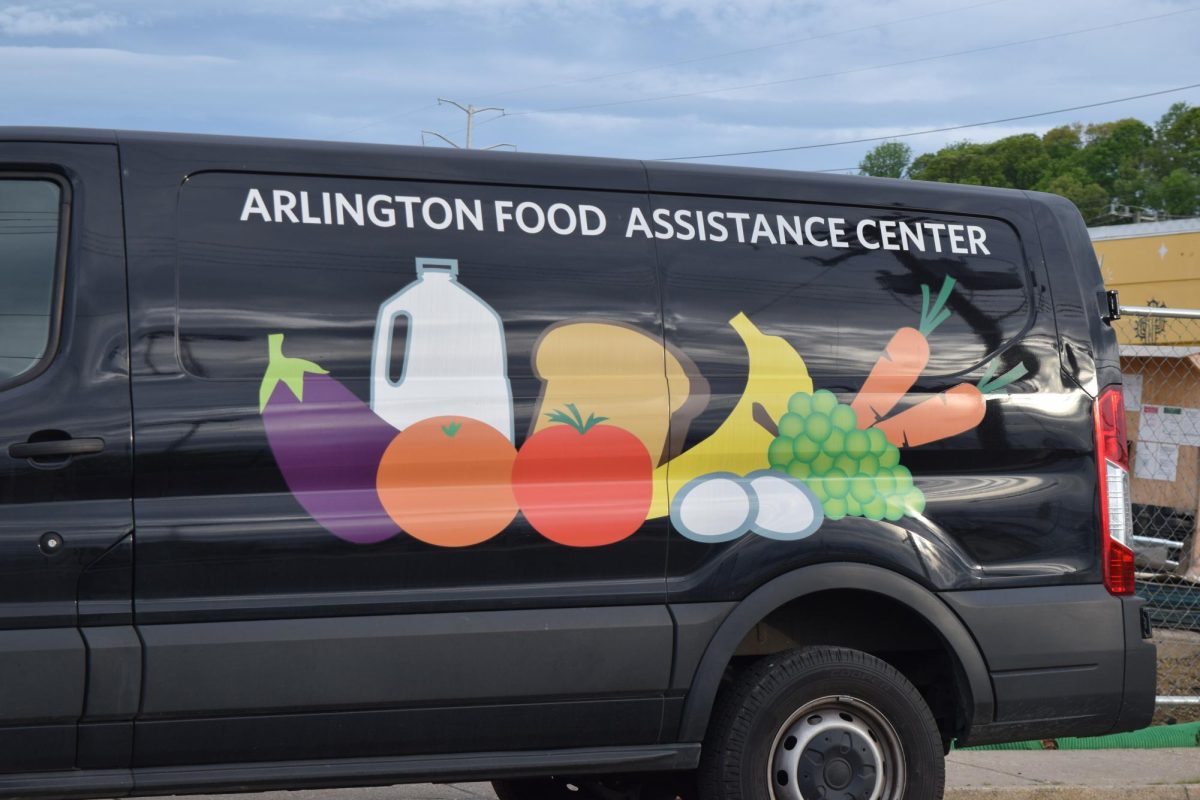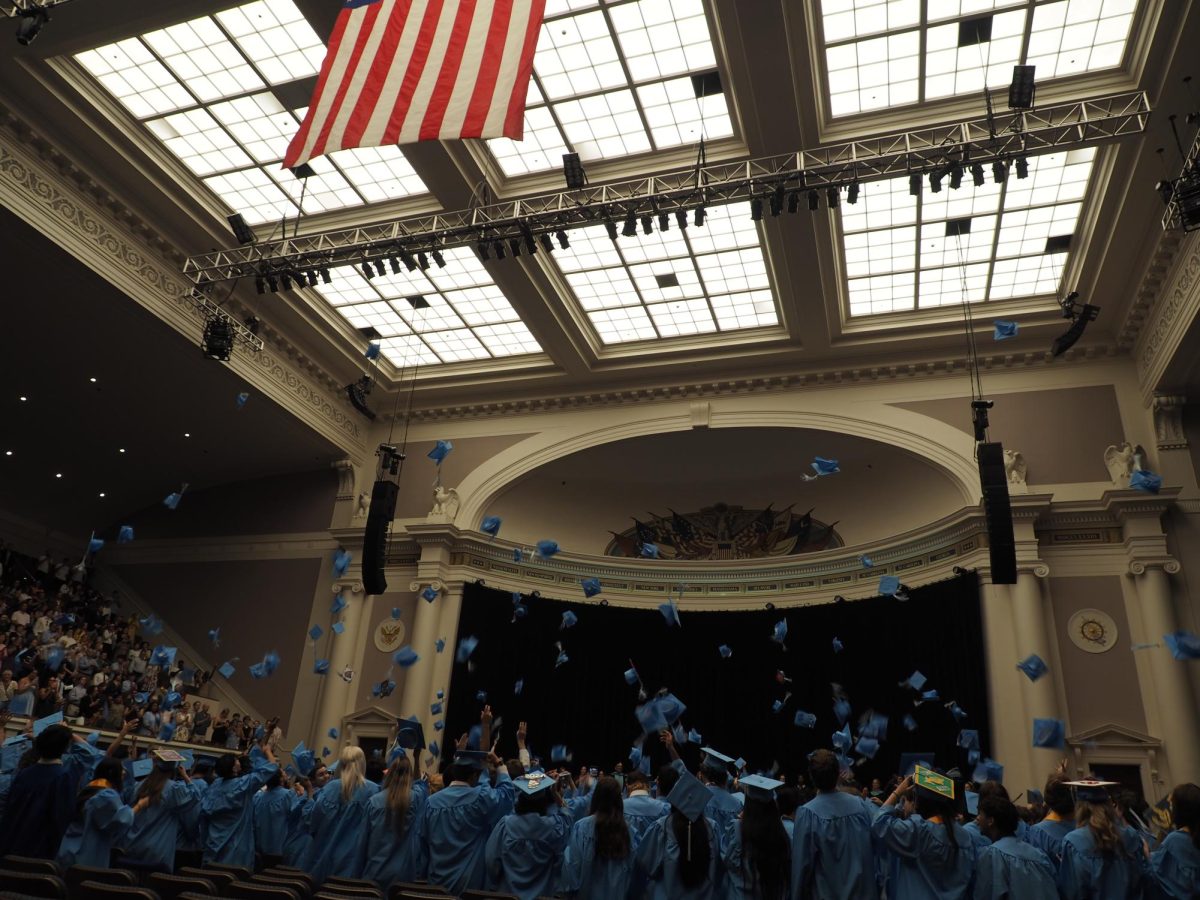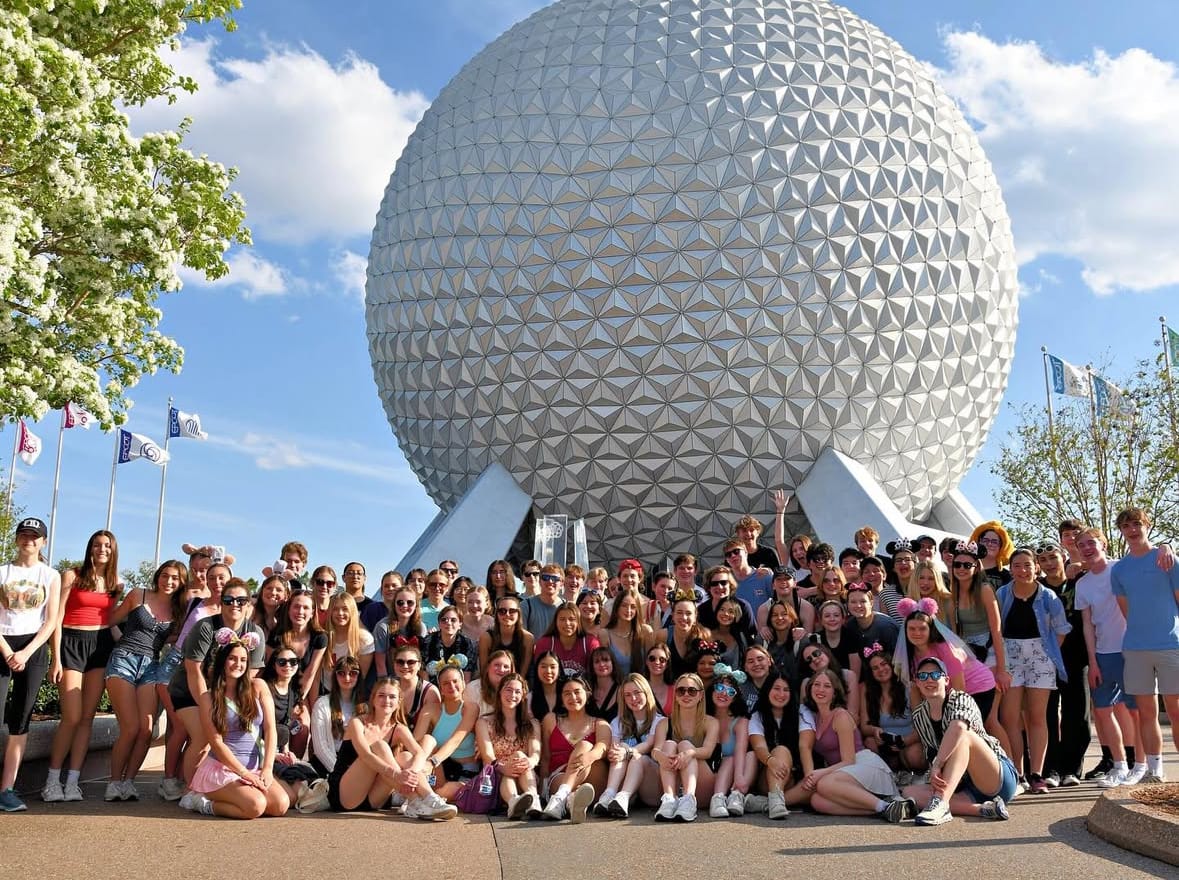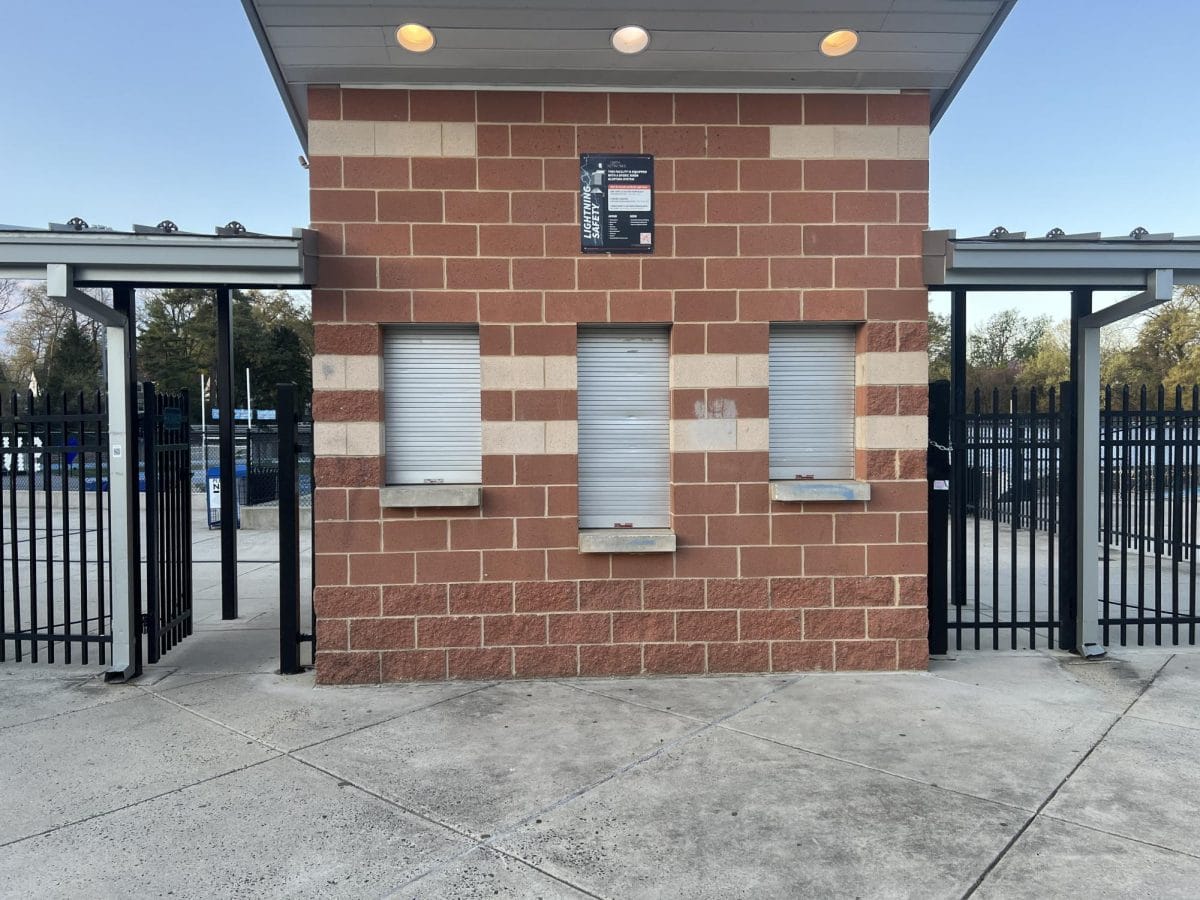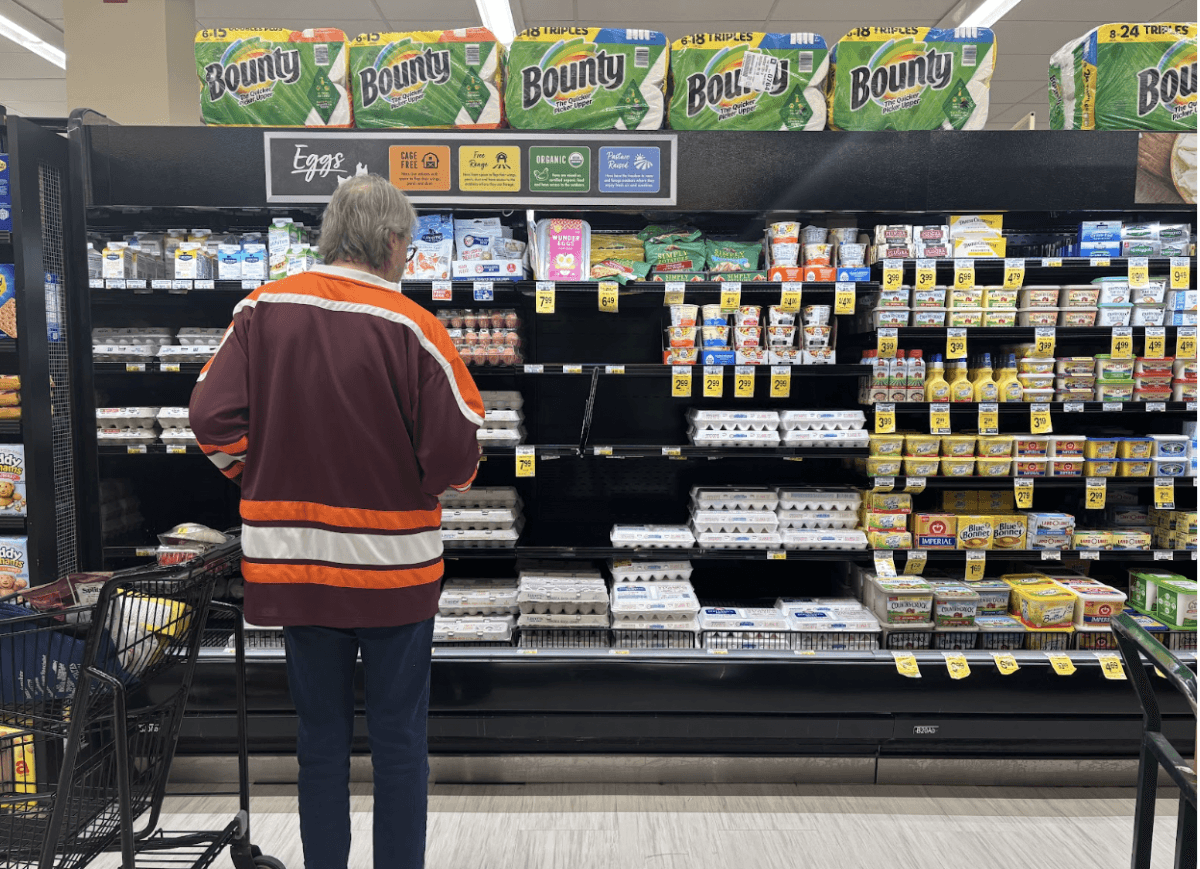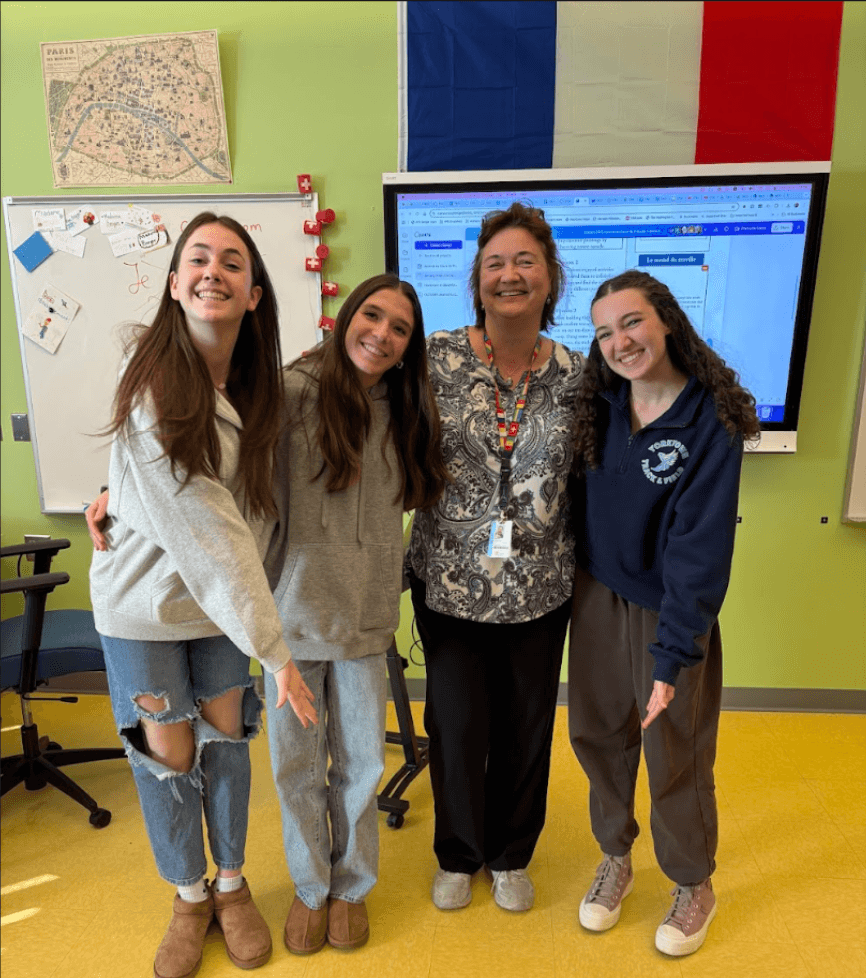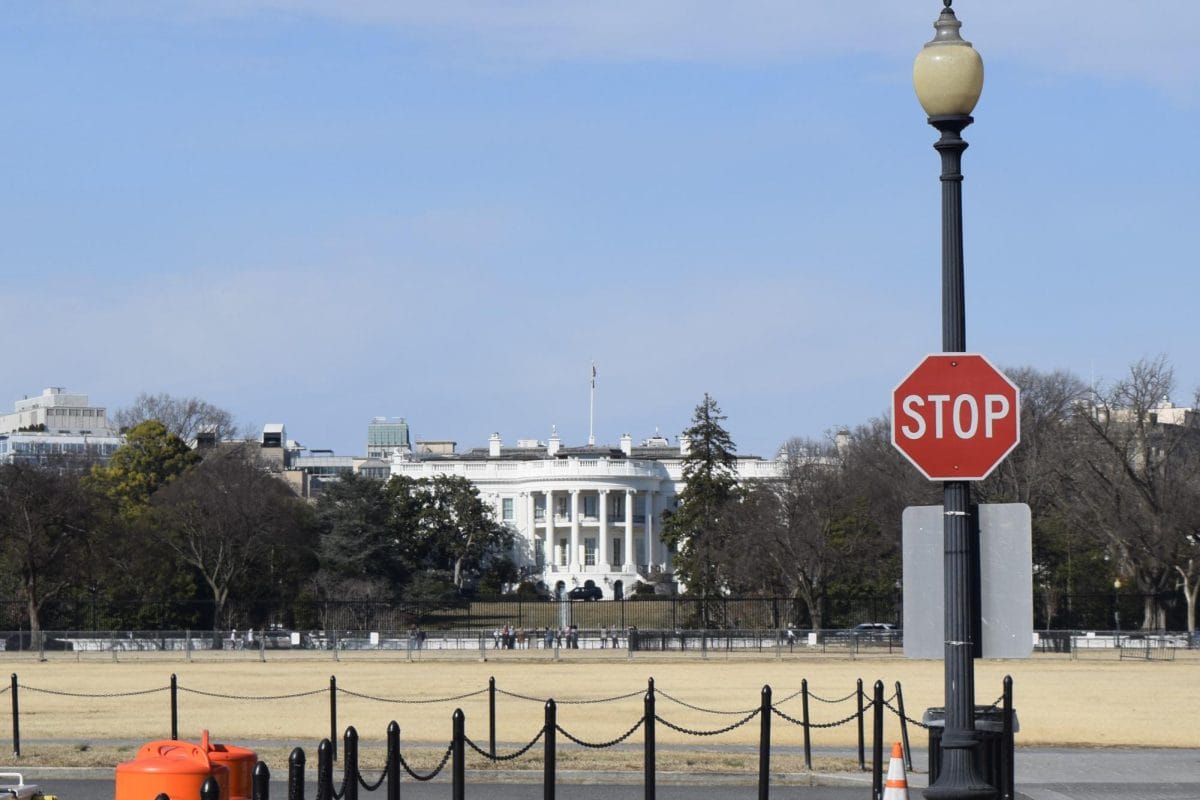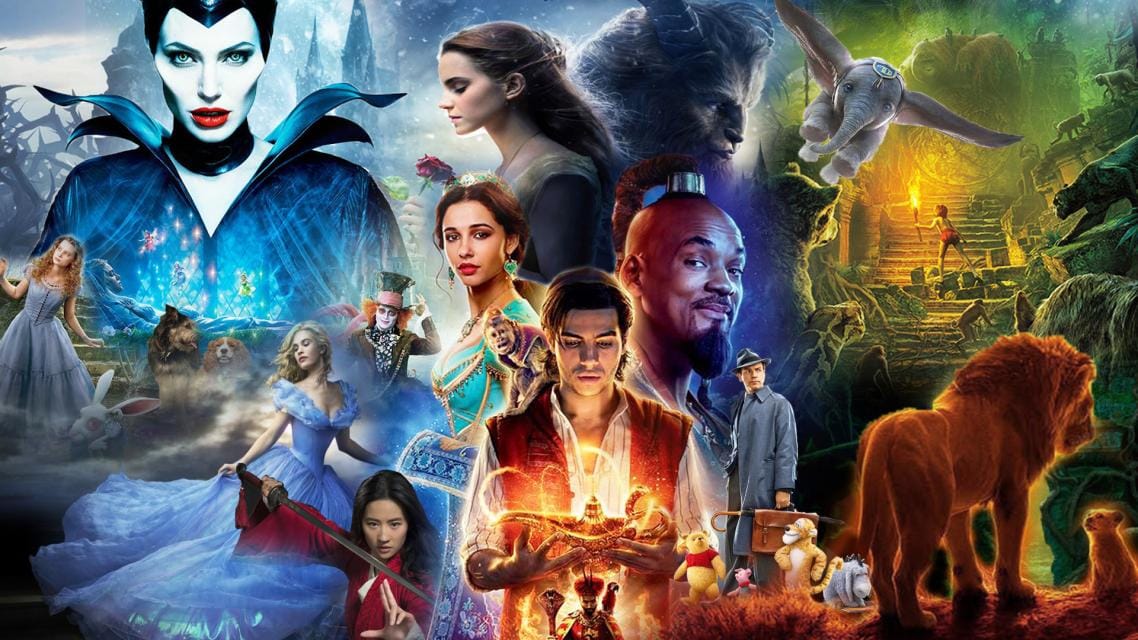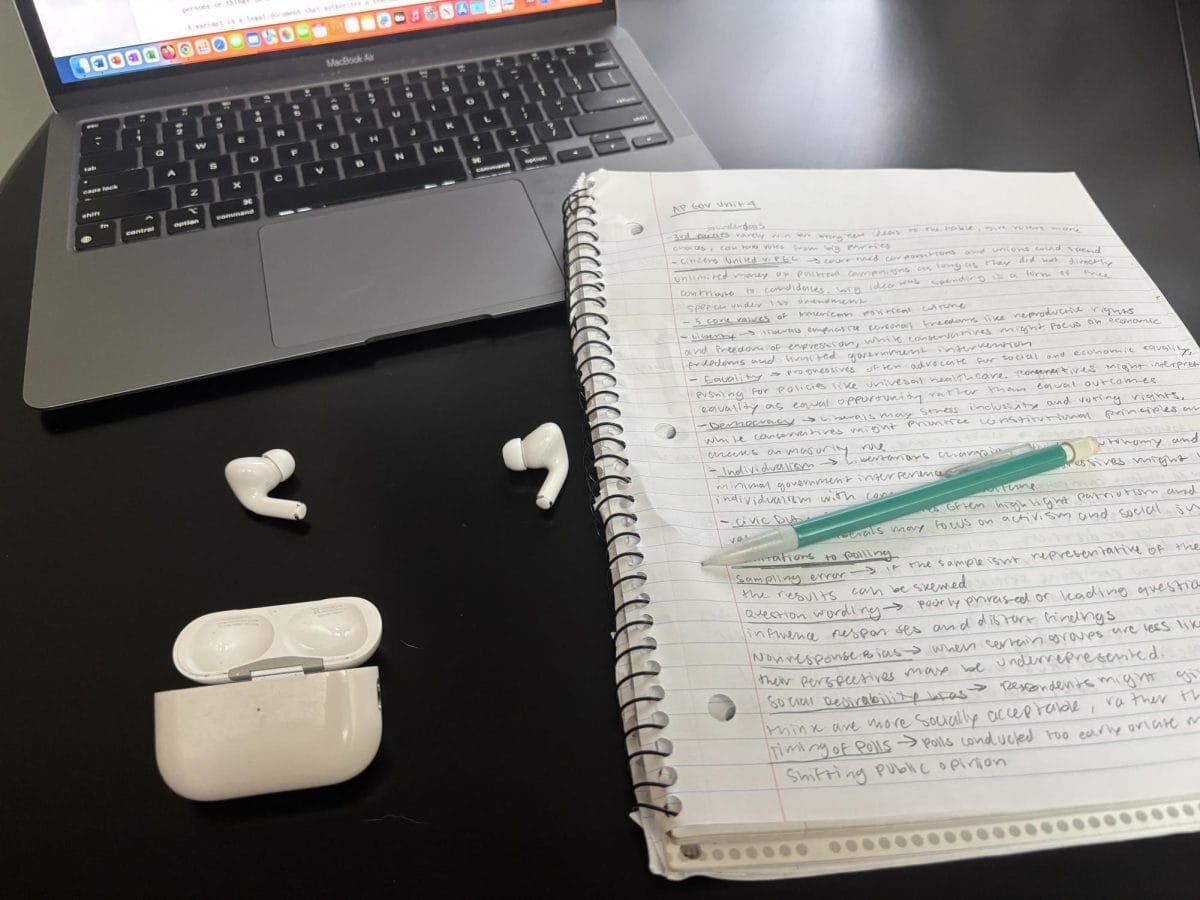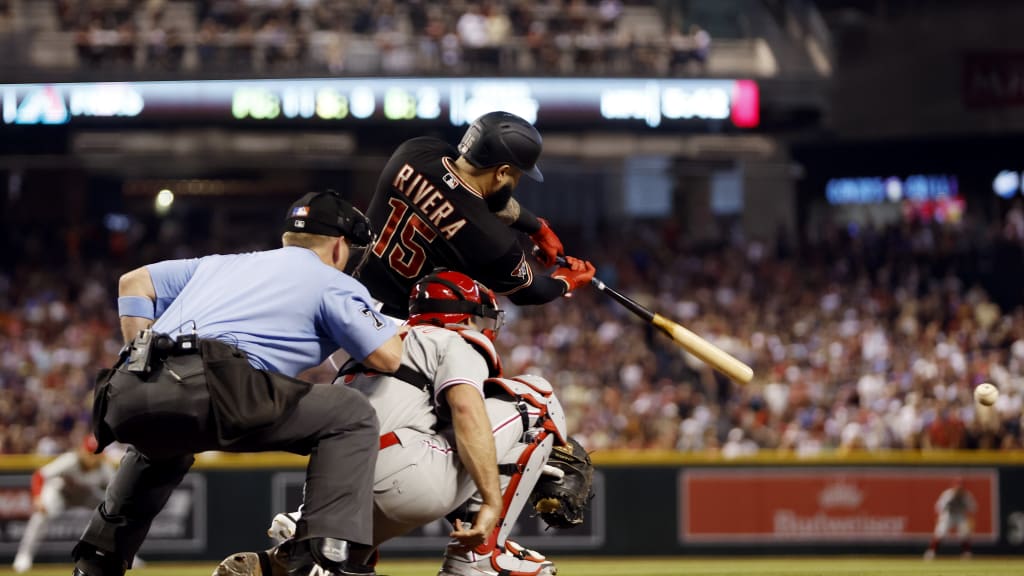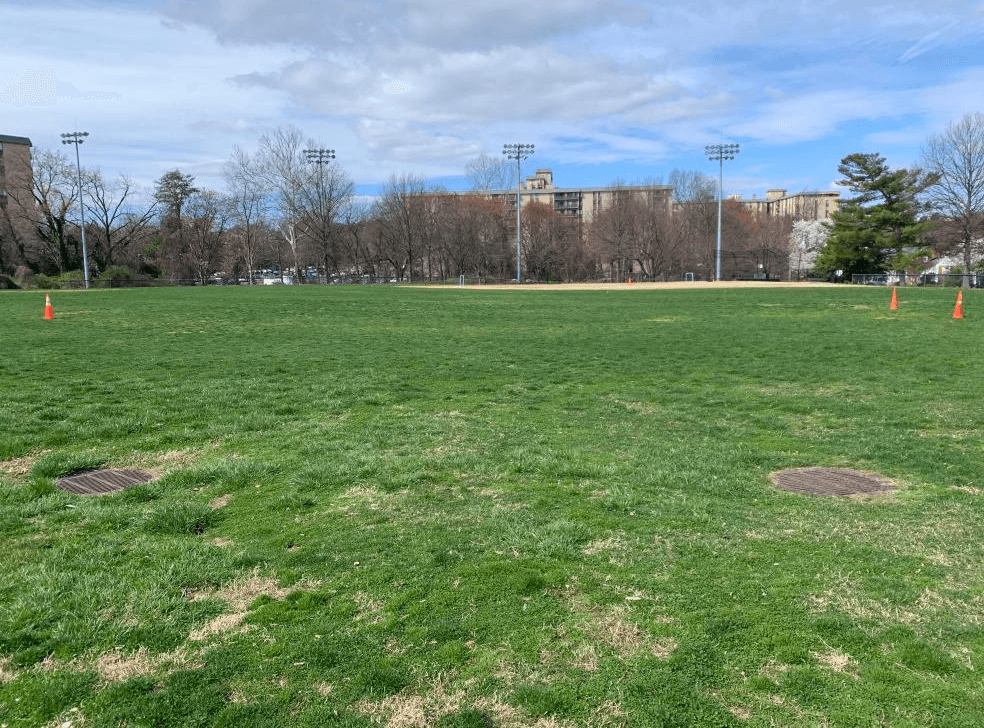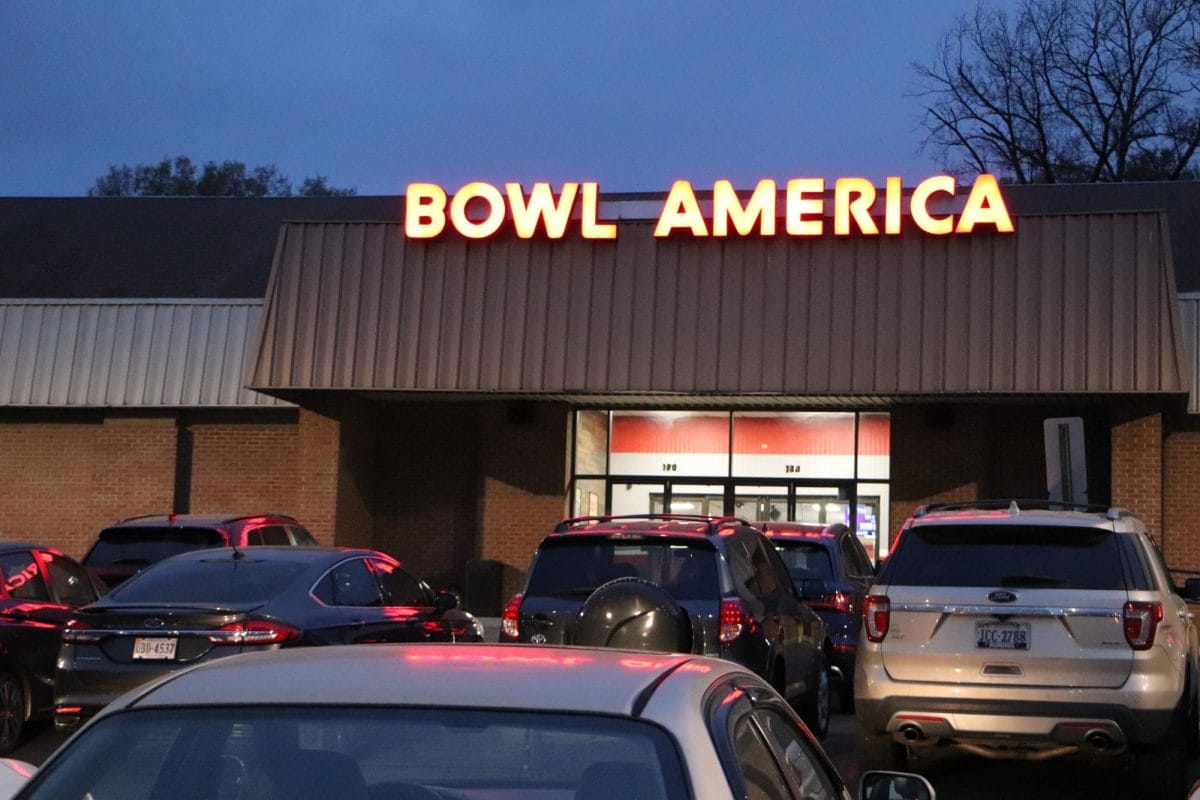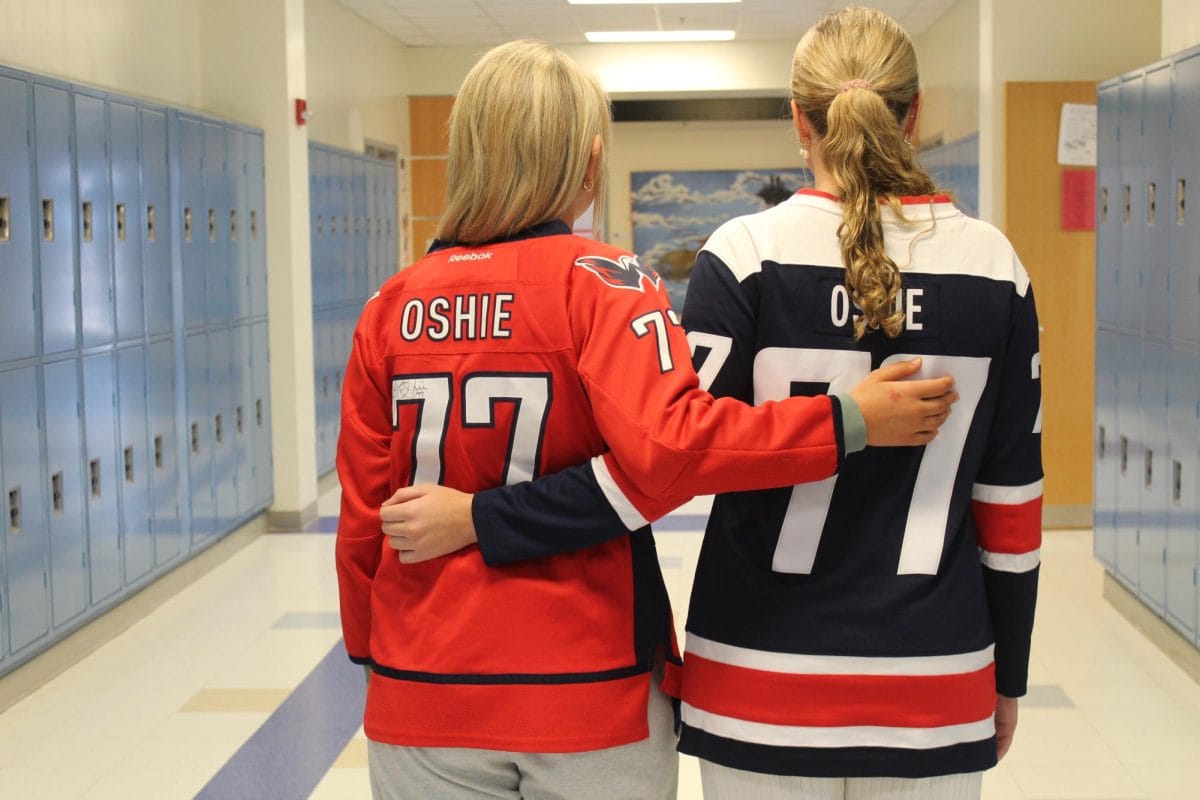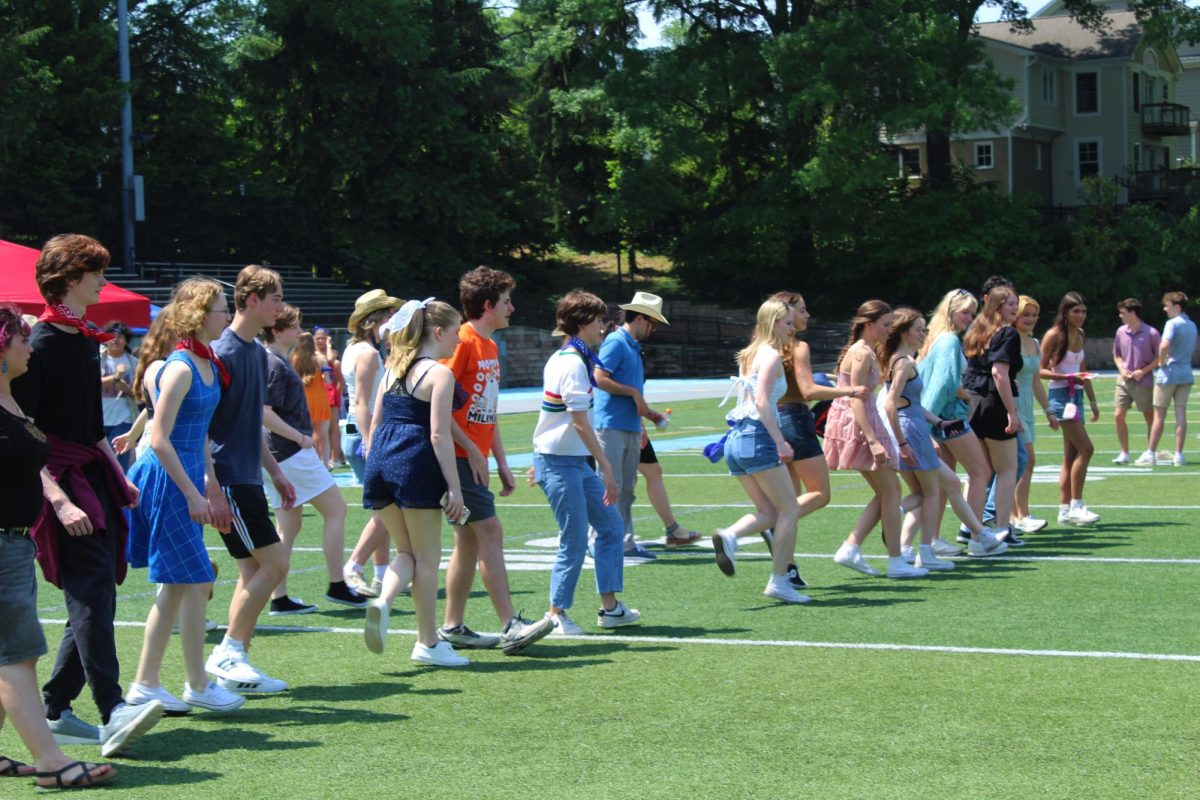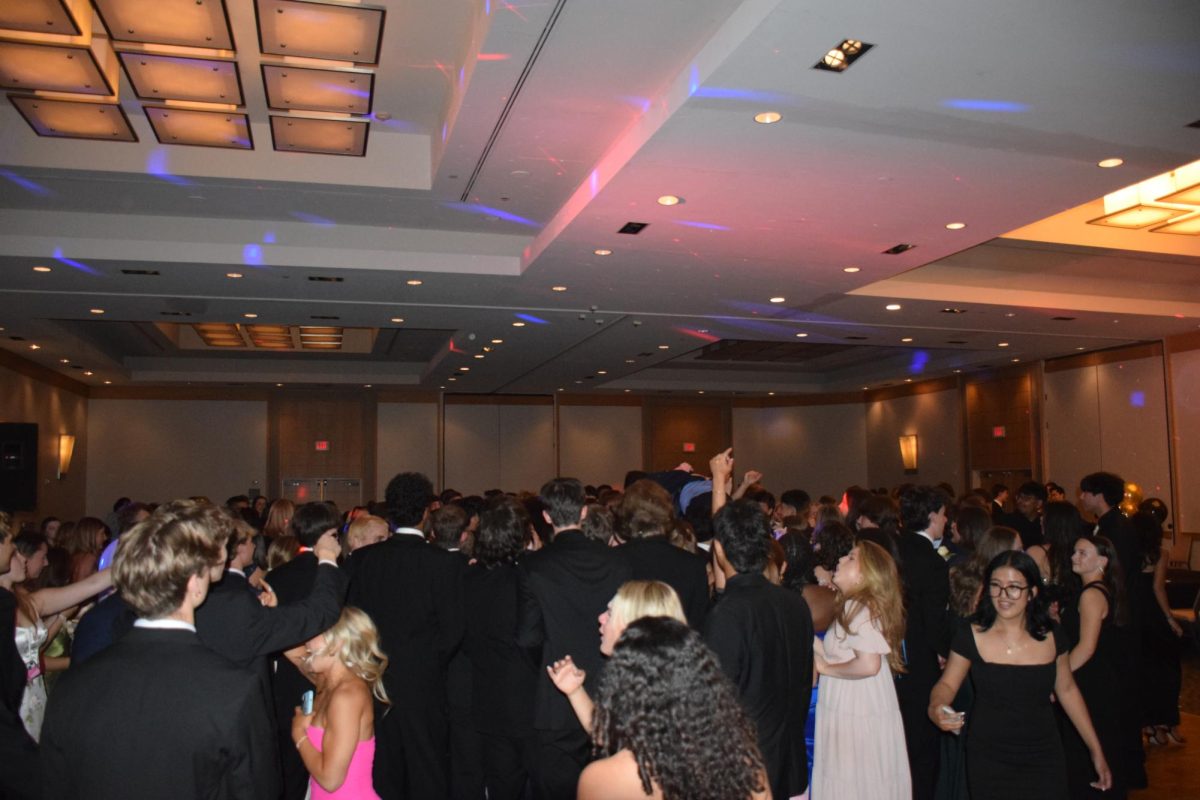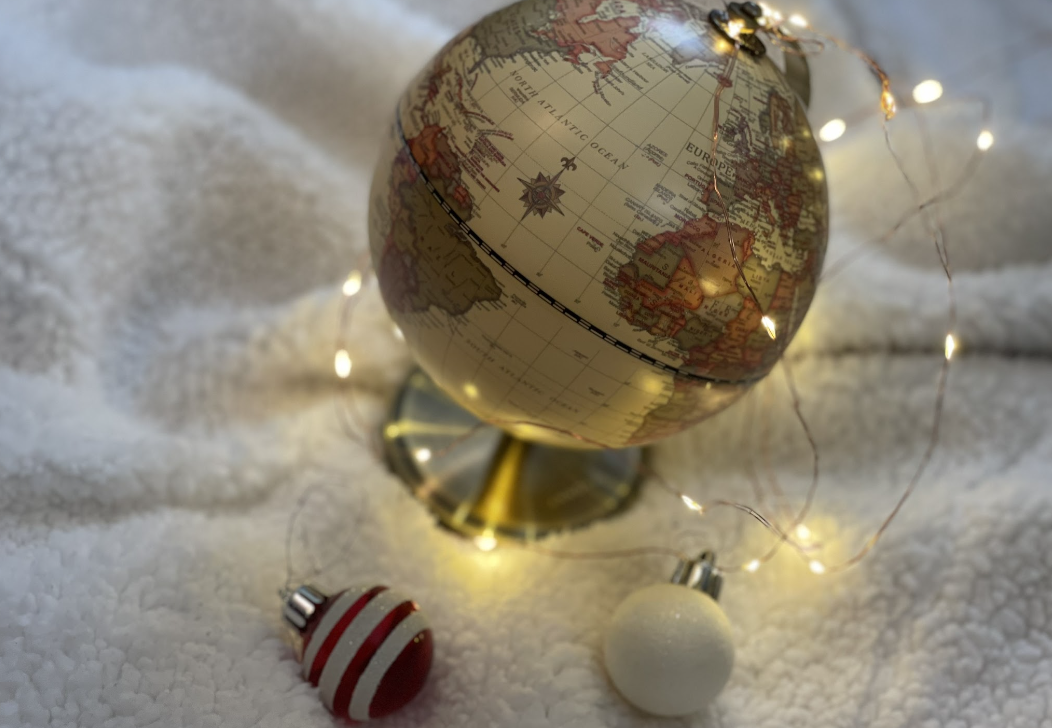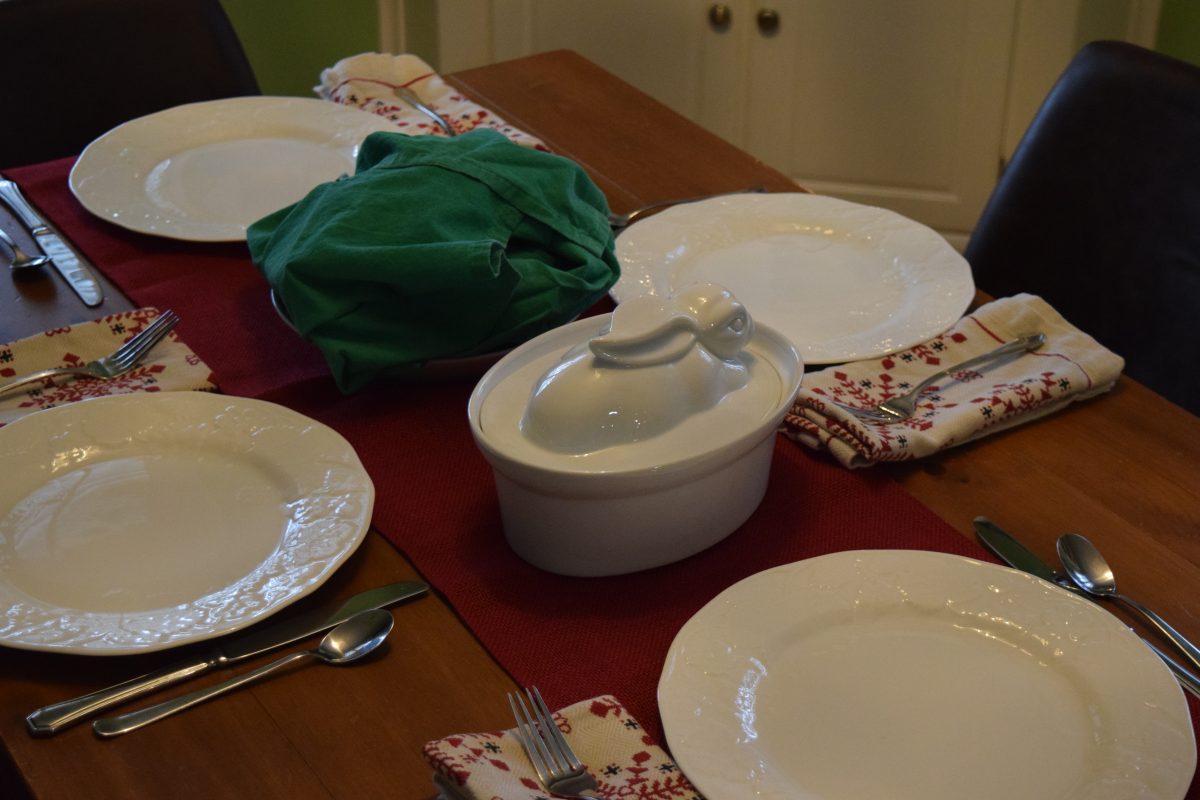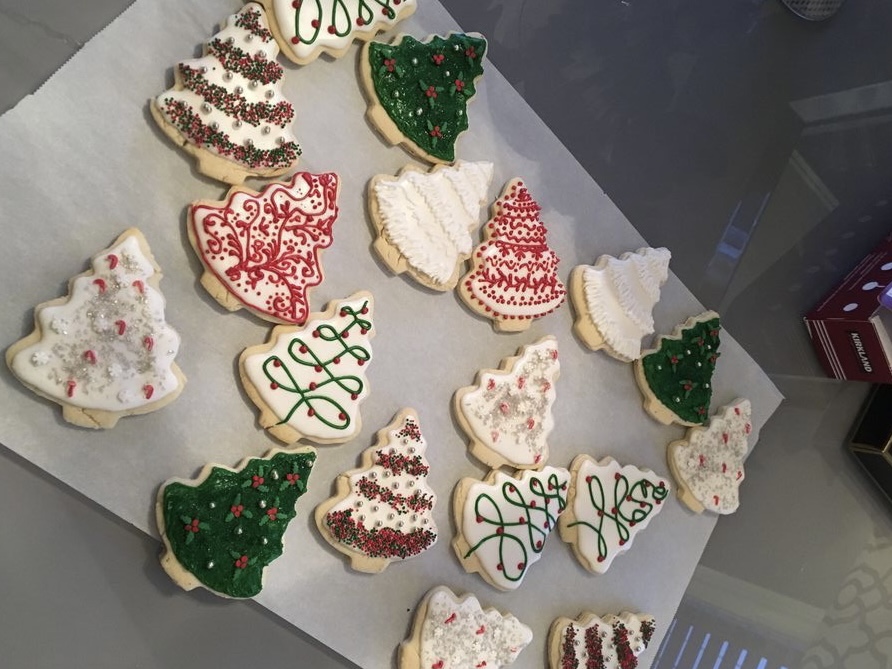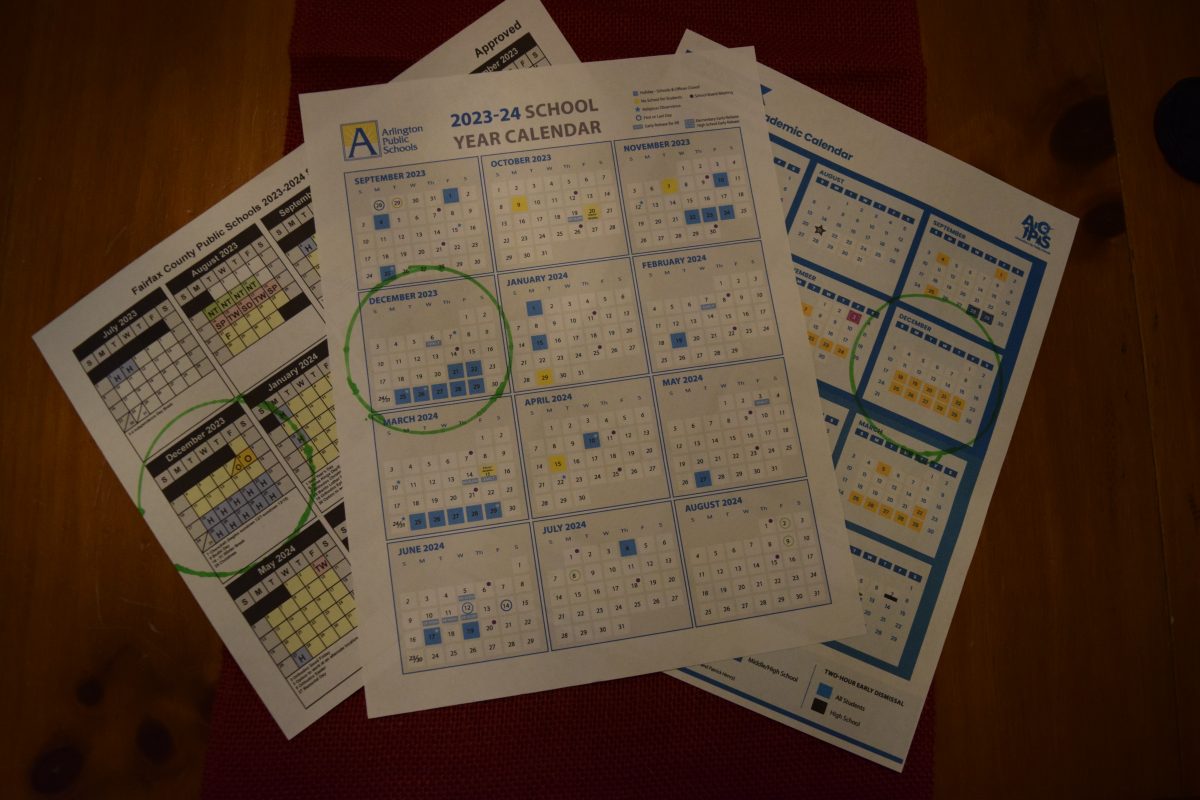Winter is a time of great excitement as we anticipate the joy of celebrating the holidays with family. Though most associate the holiday season with Christmas, there are many different holidays celebrated around the world and here in our Arlington community. In addition to the various holidays, there are unique traditions.
Kwanzaa is a smaller, secular holiday, primarily celebrated by African Americans in the United States. It was first celebrated in 1966 as a way to remind American families of African values. The celebration lasts seven days, from December 26 through January 1. Families light a kinara each day, which looks similar to the menorah used in Hanukkah. The holiday is used as a way to bring the community together and celebrate African traditions and ideals.
Another notable holiday is Hanukkah, which is especially important to Jewish families in the United States. The holiday celebrates the miracle of oil burning a candle for eight nights in ancient Israel. As a result, people light a menorah for each of the eight nights of the celebration. The significance of oil cannot be understated as it influences much of the traditions.
“[During Hanukkah] there’s latkes. People eat fried food because the holiday associates with oil,” English teacher Adam Sheppard said.
Gift-giving has become more notable in American Hanukkah celebrations. Sheppard pointed out how a more important aspect of the celebration is emphasized through the presents: family.
“[Each night, you give different people their presents] and the important aspect of that isn’t ‘good, more and more presents,’ but acknowledging different relatives on different nights,” Sheppard said.
The modern image of Santa Claus was derived from Saint Nicholas, an old Catholic figure in Europe. In European Catholic countries such as France and Italy, the day of December 6 is put aside to celebrate him. Traditions overlap with Christmas as children receive gifts or write letters to Saint Nicholas. The custom of giving candy canes during Christmas originated as a representation of the Saint’s crosier, a staff used by Catholic bishops.
In Mexico, some people commemorate the festival of Las Posadas from December 16 until December 24. Each night, children dressed in gold robes walk through the streets holding candles. This procession honors the journey Joseph and Mary made to allow for the Birth of Jesus, celebrated on Christmas day.
Some countries, including Brazil, do most of their Christmas celebrations on the 24th. Families have a massive feast that night followed by midnight mass at church. Brazilians enjoy a version of Secret Santa where you tell everyone who you are gifting to.
Regions of the United States can differ in traditions as well. History and Economics teacher Steven McArthur’s Southwestern roots are highlighted through one of his family’s favorite traditions.
“[My family]] eats nachos for Christmas dinner,” McArthur said.
No matter your background, we can all agree that it is important to remember our holiday traditions, as they can provide a certain comfort and joy you can’t find anywhere else.


